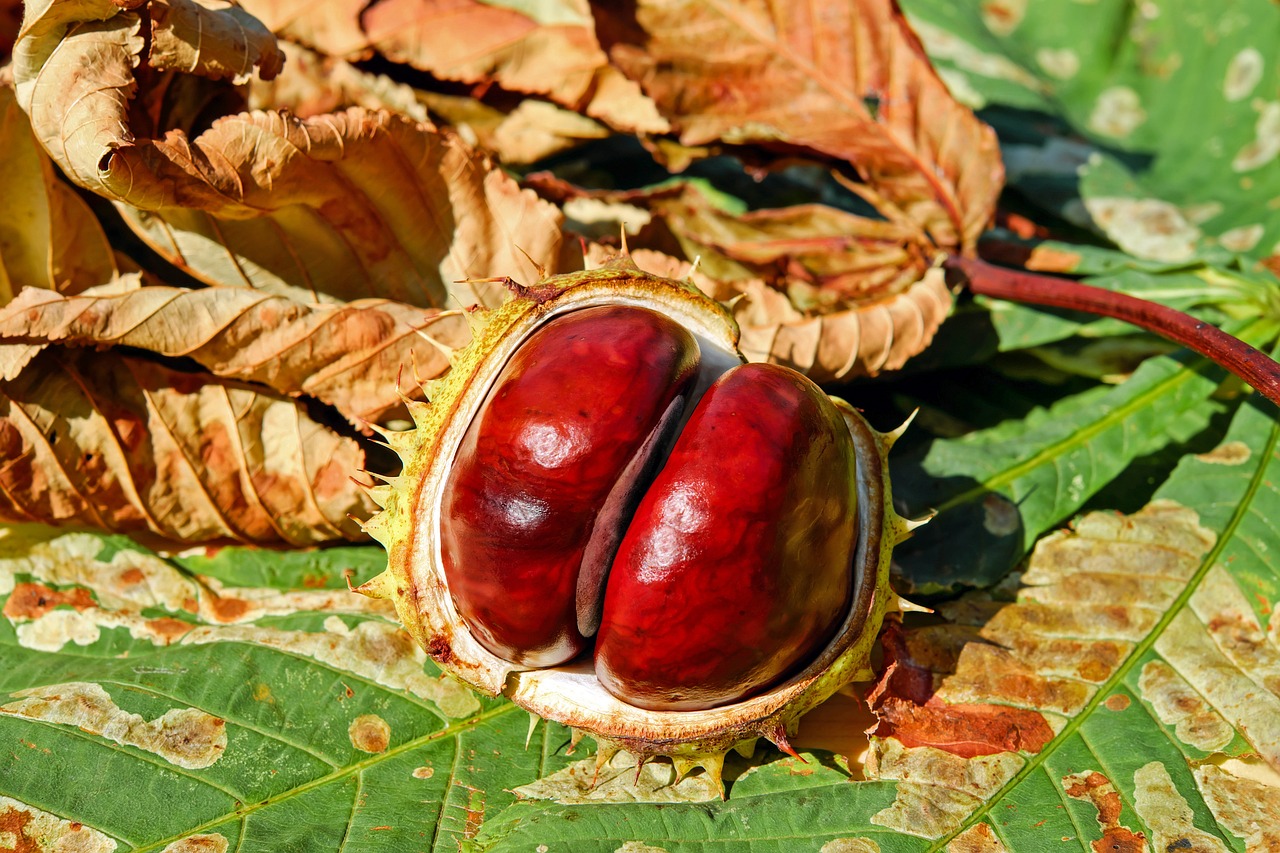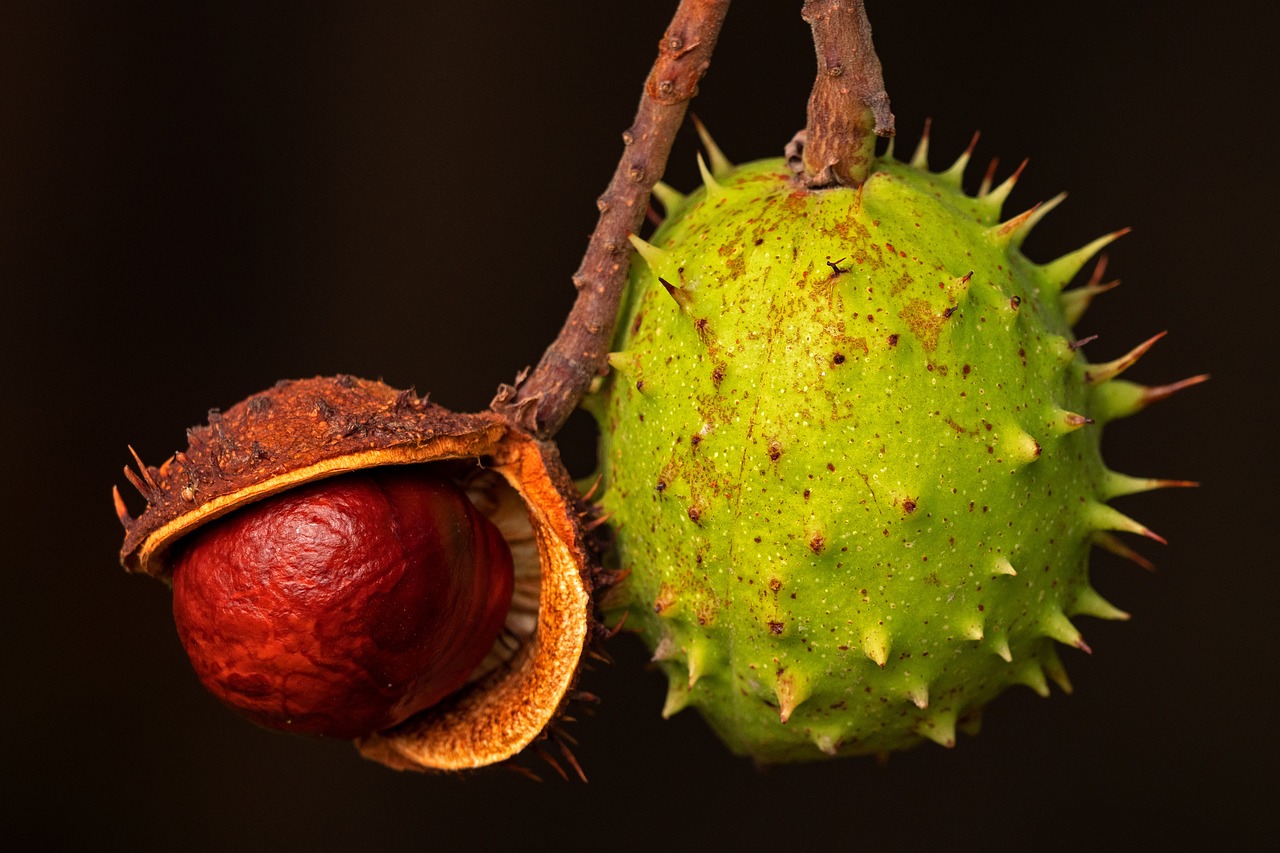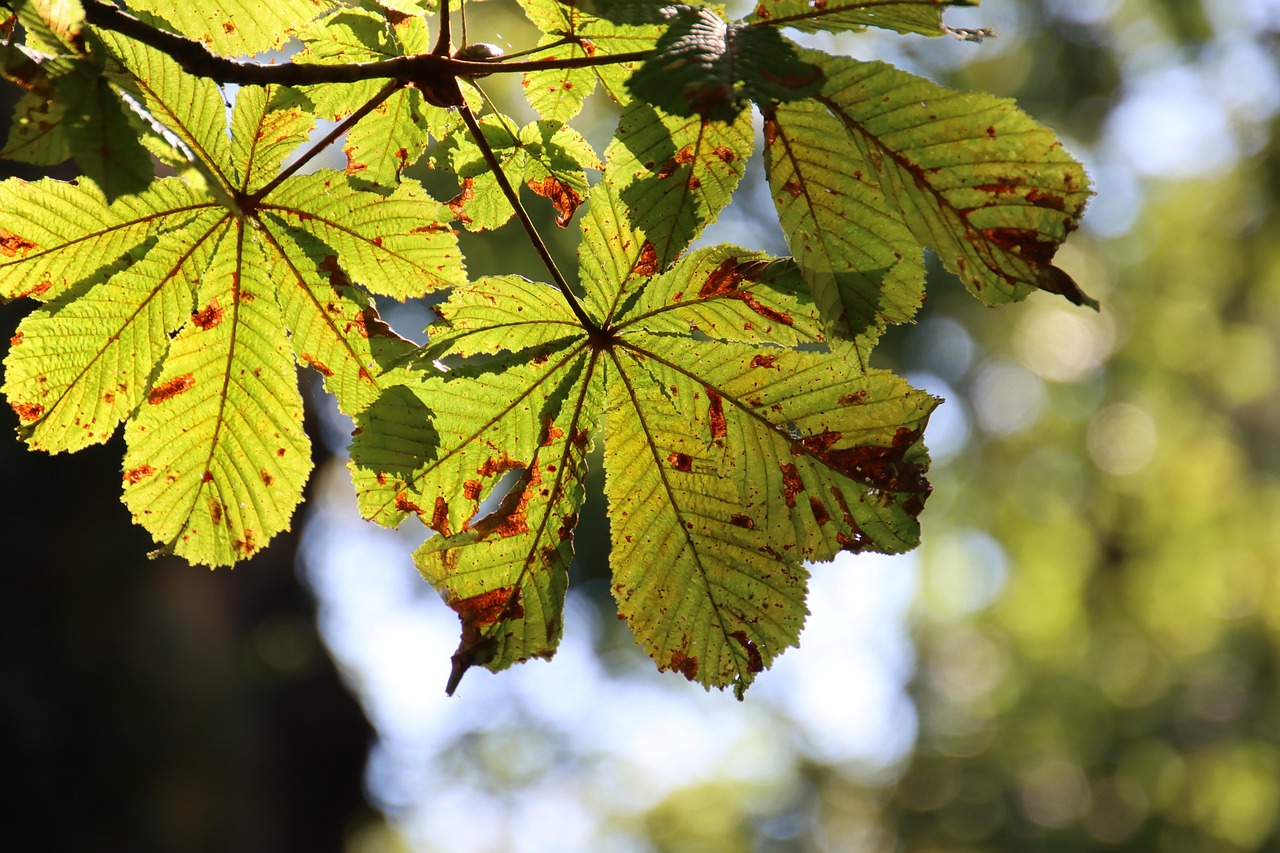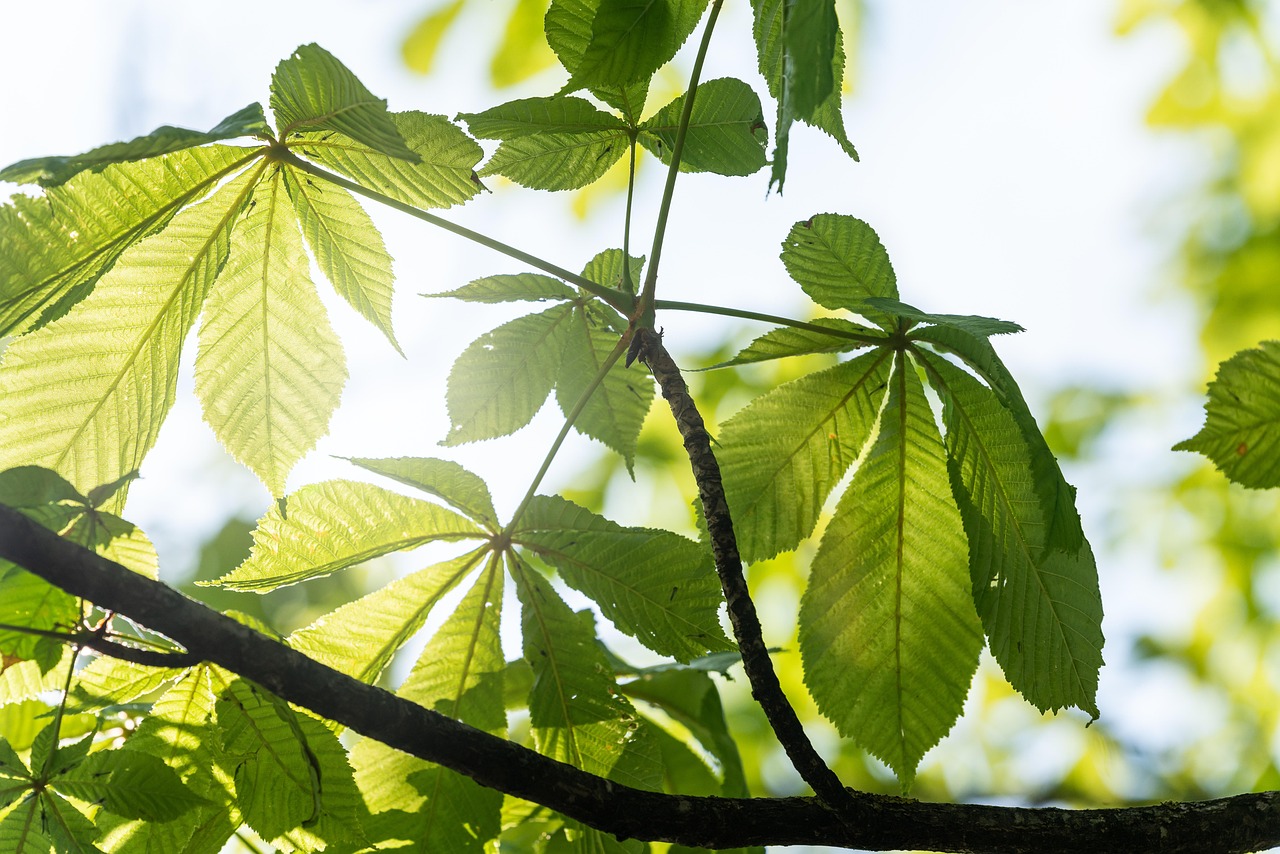The Dunstan chestnut tree exhibits a moderate growth rate, typically reaching 10 to 15 feet in height within the first five years. Nut production generally starts around the 3rd to 5th year, with optimal yields occurring by the age of 10 to 15 years.
The Dunstan chestnut tree, a hybrid of the American and European chestnuts, is prized not only for its timber but also for its nut production. This tree variety has gained popularity among growers for its resilience to diseases, particularly the chestnut blight that devastated many native species. Understanding its growth rate is essential for those interested in cultivating these trees for commercial nut production.

Growth rates of trees can vary significantly based on several factors including soil quality, climate, and care practices. The Dunstan chestnut tree thrives in well-drained, fertile soil under full sunlight. Optimal growing conditions can significantly enhance both height growth and nut yield.
Factors Influencing Growth Rate
Several key factors influence the growth rate of the Dunstan chestnut tree. These include:
- Soil Quality: The tree prefers loamy soil rich in organic matter.
- Water Availability: Regular watering, especially during dry periods, supports healthy growth.
- Sunlight: Full sun exposure is crucial for optimal growth and nut production.
- Fertilization: Appropriate fertilization can boost growth rates and nut quality.
- Pest Management: Keeping pests at bay helps maintain tree health and productivity.
The Dunstan chestnut tree can adapt to a variety of soil types; however, it performs best in slightly acidic to neutral pH levels. Regular soil testing is recommended to ensure nutrient balance and pH levels are suitable for optimal growth.

Growth Timeline
Understanding the growth timeline of the Dunstan chestnut tree provides valuable insights for growers. Below is a general timeline outlining the key milestones in growth and nut production:
| Age (Years) | Height (Feet) | Nut Production |
|---|---|---|
| 1 | 2-3 | No nuts |
| 3 | 5-7 | First nuts may appear |
| 5 | 10-12 | Increased nut production |
| 10 | 15-20 | Optimal nut yield |
| 15 | 20-30 | Maximum production potential |
The table above illustrates that while initial growth may be slow, the Dunstan chestnut tree demonstrates significant height increase and nut production potential as it matures. By the age of 10 years, growers can expect to harvest a considerable amount of nuts.
Cultivating Dunstan chestnut trees entails patience and proper horticultural practices. Ensuring that the trees are planted in suitable locations where they can receive adequate sunlight and moisture will contribute greatly to their growth and productivity. Additionally, pruning and pest control should be regular practices to maintain tree health.

The Importance of Timing in Nut Production
The timing of planting is also crucial for maximizing nut production. Planting young seedlings in the spring allows them to establish roots before the heat of summer. This establishment phase is vital for their long-term health and productivity. Growers should also be aware that environmental stressors such as drought or extreme temperatures can adversely affect both growth rates and nut yields.
In summary, understanding the growth rate and factors affecting the Dunstan chestnut tree is essential for successful nut production. Proper care and attention will lead to healthy trees that can provide a bountiful harvest for many years to come.
Best Practices for Cultivating Dunstan Chestnut Trees
To achieve optimal growth and nut production, it is essential to follow best practices in the cultivation of Dunstan chestnut trees. By focusing on soil health, watering techniques, and pest management, growers can ensure their trees thrive. Below are some key practices to consider in your cultivation efforts.
Soil Preparation
Soil preparation is the foundation of successful growth. Before planting, it is crucial to assess and improve soil conditions. Here are steps to take:

- Soil Testing: Conduct a soil test to determine pH levels and nutrient content. The ideal pH for Dunstan chestnuts ranges from 5.5 to 6.5.
- Amendments: Based on soil test results, add necessary amendments such as lime to increase pH or sulfur to decrease it. Incorporate organic matter like compost to enhance nutrient levels.
- Tilling: Till the soil to a depth of at least 12 inches to improve aeration and drainage.
Watering Techniques
Proper watering is vital for young Dunstan chestnut trees. The right amount of moisture supports root development and overall growth. Consider the following watering techniques:
- Frequency: Water newly planted trees regularly, especially during dry spells. Aim for deep watering every week or two, depending on rainfall.
- Mulching: Apply a layer of organic mulch around the base of the tree. This conserves moisture and suppresses weeds.
- Drainage: Ensure proper drainage to prevent root rot. Avoid planting in low-lying areas where water may accumulate.
Pest and Disease Management
Protecting Dunstan chestnut trees from pests and diseases is critical for maintaining their health and productivity. Regular monitoring and timely interventions can prevent infestations. Here are common pests and diseases to be aware of:
| Pest/Disease | Description | Control Methods |
|---|---|---|
| Chestnut Blight | A fungal disease that causes cankers on the bark. | Remove infected branches and apply fungicides as needed. |
| Root Weevils | Larvae feed on roots, leading to poor growth. | Use beneficial nematodes or insecticides as per label instructions. |
| Aphids | Small insects that suck sap from leaves, weakening the tree. | Introduce ladybugs or use insecticidal soap for control. |
Implementing an integrated pest management (IPM) strategy can effectively manage these threats while minimizing chemical use. Regular inspections of leaves and bark can help catch problems early.
Pruning Techniques
Pruning is another important aspect of maintaining healthy Dunstan chestnut trees. Proper pruning improves air circulation, reduces disease risk, and encourages strong growth. Consider these pruning guidelines:
- Timing: The best time to prune is late winter or early spring before new growth begins.
- Removing Dead or Diseased Wood: Regularly inspect trees and remove any dead, damaged, or diseased branches to promote overall health.
- Shaping: Aim to create an open canopy that allows sunlight to penetrate through the branches, enhancing photosynthesis.
Pruning should be done with clean, sharp tools to minimize injury to the tree and reduce the risk of disease transmission.
Nutrient Management
Nutrient management is essential for achieving maximum growth and nut production in Dunstan chestnut trees. Fertilization should be based on soil test recommendations. Here are some tips:
- Balanced Fertilizer: Use a balanced fertilizer with equal parts nitrogen (N), phosphorus (P), and potassium (K) during the growing season.
- Foliar Feeding: Consider foliar applications of micronutrients if deficiencies are detected in leaf samples.
- Organic Options: Incorporate organic fertilizers such as compost or well-rotted manure to improve soil fertility over time.
Adequate nutrient supply will not only support growth but also enhance nut quality and yield.
Harvesting Dunstan Chestnuts
Harvesting is a critical stage in the cultivation of Dunstan chestnut trees. Timing and techniques used during this process can significantly impact the quality and quantity of the nuts produced. Understanding when and how to harvest is essential for maximizing yields.
Harvest Timing
The timing of the harvest is crucial for ensuring the best nut quality. Dunstan chestnuts typically begin to drop their nuts when they are ripe, which usually occurs in late summer to early fall, depending on the climate and local conditions. Here are some indicators to help determine the right time for harvesting:
- Color Change: The burrs will start to turn from green to brown as they mature.
- Burr Opening: When the burrs begin to split open, it indicates that the nuts are ready for harvest.
- Ground Check: Inspect the ground beneath the tree for fallen nuts. If they are intact and show no signs of damage, they are likely ready to be harvested.
Harvest Techniques
Using proper harvesting techniques can help ensure that the nuts remain in good condition. Here are some effective methods:
- Hand Harvesting: For small orchards or individual trees, hand harvesting may be the best option. Gently collect the nuts from the ground, ensuring that you do not damage the nuts or burrs still attached to the tree.
- Raking: Use a rake to gently gather fallen nuts. Be cautious not to damage any remaining burrs on the tree.
- Mechanical Harvesting: In larger orchards, mechanical harvesters can be employed. These machines efficiently collect fallen nuts while minimizing damage.
Regardless of the method chosen, it is important to harvest the nuts promptly to prevent spoilage or pest infestations.
Post-Harvest Handling
After harvesting, proper handling and storage of Dunstan chestnuts are essential to maintain their quality and extend their shelf life. Here are some best practices:
- Cleaning: Remove any debris or leaves from the harvested nuts. This reduces the risk of mold and decay.
- Drying: Allow nuts to dry in a cool, shaded area with good airflow. This helps prevent moisture buildup, which can lead to rot.
- Storage: Store dried nuts in a cool, dry place. Ideal storage conditions are between 32°F and 40°F (0°C to 4°C). Using breathable bags can help maintain appropriate humidity levels.
Nuts as a Food Source
Dunstan chestnuts are not only valued for their production but also for their nutritional benefits. They have gained popularity as a food source due to their rich nutrient profile. Here are some key nutritional aspects:
| Nutritional Component | Amount per 100g |
|---|---|
| Calories | 213 kcal |
| Carbohydrates | 45 g |
| Protein | 2 g |
| Fat | 1 g |
| Fiber | 8 g |
| Vitamin C | 43 mg |
Dunstan chestnuts are low in fat and high in carbohydrates, making them an excellent energy source. They are also an important source of dietary fiber, which promotes digestive health.
Culinary Uses of Dunstan Chestnuts
The versatility of Dunstan chestnuts extends beyond their nutritional value; they can be used in a variety of culinary applications. Here are some popular uses:
- Roasting: Roasted chestnuts are a traditional favorite, often enjoyed during winter months.
- Baking: Chestnut flour can be used in baking to add flavor and nutrition to breads and pastries.
- Soups and Stews: Chestnuts can be added to soups and stews for added texture and flavor.
The unique flavor profile of Dunstan chestnuts makes them a delightful addition to many dishes, enhancing both taste and nutrition.
Economic Impact of Dunstan Chestnut Production
The cultivation of Dunstan chestnuts holds significant economic potential for growers. The increasing consumer demand for sustainable and locally sourced foods presents an opportunity for profitable nut production. Here are some economic benefits:
- Diverse Market Opportunities: Dunstan chestnuts can be marketed fresh, roasted, or processed into various products such as flour.
- Sustainable Farming Practices: Chestnut trees can be integrated into agroforestry systems, promoting biodiversity and soil health.
- Long-Term Investment: Once established, Dunstan chestnut trees can provide nut yields for decades, offering a long-term return on investment.
The economic advantages make Dunstan chestnuts an attractive option for new and experienced growers alike.
Challenges in Dunstan Chestnut Cultivation
While the cultivation of Dunstan chestnuts offers numerous benefits, growers must also navigate several challenges that can impact growth rates and nut production. Understanding these challenges can help in developing effective management strategies.
Pest and Disease Management
As previously mentioned, pests and diseases pose significant threats to Dunstan chestnut trees. Continuous vigilance and management practices are necessary to mitigate these risks. Key challenges include:
- Environmental Stressors: Drought, heavy rainfall, and extreme temperatures can weaken trees, making them more susceptible to pests and diseases.
- Invasive Species: The introduction of invasive pests can disrupt local ecosystems and pose challenges for chestnut health.
- Resistance Development: Over time, pests may develop resistance to certain treatments, making management increasingly difficult.
Market Fluctuations
The market for Dunstan chestnuts can be volatile, influenced by consumer preferences and economic conditions. Growers need to stay informed about market trends to make strategic decisions regarding production levels and marketing strategies.
- Consumer Demand: Fluctuations in consumer interest in chestnuts can affect prices and profitability.
- Competition: Other nut producers may compete for market share, necessitating differentiation through quality or unique products.
- Sustainable Practices: As more consumers seek sustainable food sources, growers must adapt to meet these demands while maintaining profitability.
Climate Change Considerations
Climate change is an overarching challenge that affects agriculture worldwide. Changes in temperature, precipitation patterns, and the frequency of extreme weather events can significantly impact Dunstan chestnut production. Growers must consider adapting their practices to cope with these changes.
- Water Management: Implementing efficient irrigation systems can help mitigate the effects of drought conditions.
- Species Adaptation: Exploring the potential for growing other chestnut varieties that may be more resilient to changing climates could be beneficial.
- Diversity in Planting: Incorporating diverse plant species can improve resilience against climate-related impacts.
Future of Dunstan Chestnut Cultivation
The future of Dunstan chestnut cultivation looks promising as awareness grows regarding the nutritional benefits and economic potential of chestnuts. With proper management practices and an understanding of market dynamics, growers can maximize their success. Here are some trends and opportunities that may shape the future:
- Increased Research: Ongoing research into disease resistance and nutrient management will provide valuable insights for growers.
- Value-Added Products: Expanding the range of products made from chestnuts, such as snacks or specialty flours, can open new market opportunities.
- Sustainable Certifications: Pursuing organic or sustainable certifications can attract environmentally conscious consumers, enhancing marketability.
Conclusion
The cultivation of Dunstan chestnut trees presents a unique opportunity for growers interested in nut production. These trees not only offer a moderate growth rate and high yield potential but also contribute to sustainable farming practices. With proper care, including soil management, pest control, and strategic harvesting techniques, growers can achieve bountiful harvests while capitalizing on the increasing demand for locally sourced, nutritious foods.
As the industry evolves, staying informed on best practices and market trends will be vital for success. By addressing challenges such as pest management and climate adaptation, as well as embracing innovation in product offerings, Dunstan chestnut growers are well-positioned to thrive in a competitive marketplace. The commitment to sustainable practices combined with consumer interest in healthy foods will likely drive the continued growth of this rewarding agricultural endeavor.
